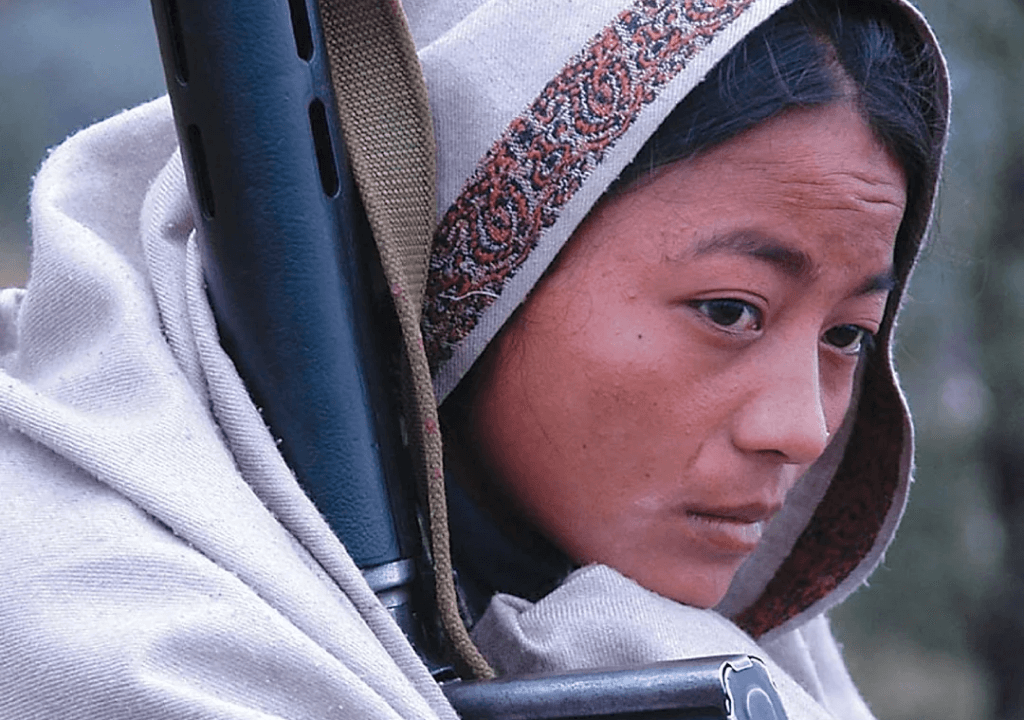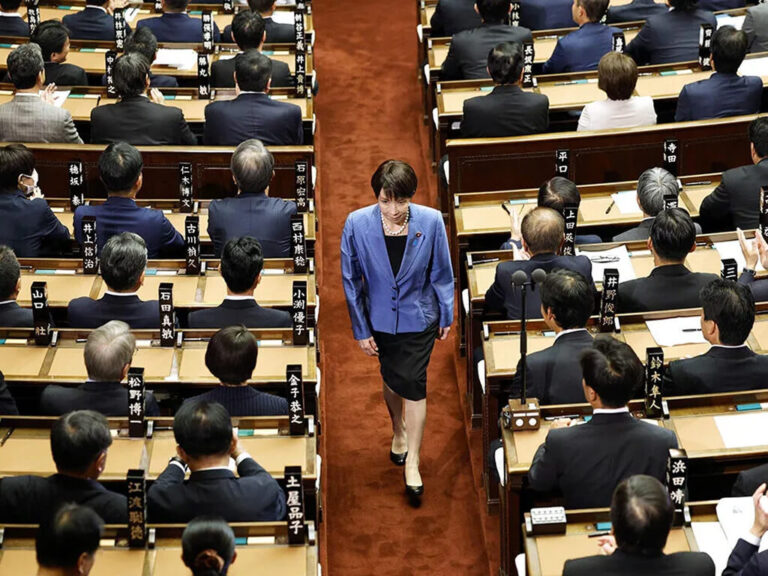Nepal, a country cradled in the Himalayas, holds strategic importance due to its geographical location between India and China. This positioning has made Nepal an arena of power politics between the two nations. The ousted Hindu monarchy and several Hindu organizations were aligned with India, while the communist parties opposed this alignment and sought closer ties with China, leading to a decade-long civil war that culminated in the assassination of the royal family and the rise of the Maoist government. However, thousands of people in Nepal are still waiting for justice 20 years after tens of thousands were tortured, raped, killed, and forcibly disappeared during the conflict between the Communist Party of Nepal (Maoist) and government forces. The country now functions as a federal democratic republic with a multi-party system, including the Communist Party of Nepal, and is marked by instability, with frequent and rapid changes of government that have delayed justice for the civil war’s victims. Recent developments, however, offer a glimmer of hope: long-overdue amendments to the legislation are poised to address these historical injustices and finally deliver justice for the atrocities committed during the 1996-2006 civil war.
The brutal Maoist insurgency, led by the Communist Party of Nepal (Maoist) to overthrow the monarchy, ended in 2006, leaving over 13,000 people dead and around 1,300 missing. Many still do not know the fate of those who disappeared and continue to seek answers to perform death rituals. Justice for those who suffered, went missing, or were killed has been delayed by political and legal complications. On November 21, 2006, almost 17 years ago, the government of Nepal and the Communist Party of Nepal (Maoist) signed the Comprehensive Peace Accord (CPA). This agreement established two transitional justice mechanisms: the Truth and Reconciliation Commission (TRC) and the Commission of Investigation on Enforced Disappeared Persons (CIEDP). These bodies were intended to address human rights violations and crimes against humanity from the conflict. However, they have encountered legal challenges. In 2015, Nepal’s Supreme Court struck down parts of the legislation that created the TRC and CIEDP, particularly because these bodies were empowered to grant amnesty to perpetrators of serious international crimes.
The weakness of the law made it difficult for victims, human rights activists, and civil society to effectively collaborate with the commissions. The government further delayed the appointment of commission members, risking the destruction of crucial criminal evidence. Lawmakers, including former government officials and Maoists, blocked international intervention to ensure impunity for actions taken during the conflict. This led to widespread discontent among victims, who accused political parties of betraying the people through political deals with one another. Calls for revisions came from all sides, and even Supreme Court instructed the government to revise specific sections of the act. Finally, after significant public outcry, the three major parties – the Nepali Congress, the Communist Party of Nepal (Unified Marxist-Leninist), and the Communist Party of Nepal (Maoist Centre) – formed a mechanism in July to find common ground on the disputed provisions in the bill. They reached a written agreement earlier this month, and on August 14, Nepal’s lower house of parliament approved the long-delayed amendments to the transitional justice act.
There’s no doubt that this is a significant step for Nepal’s democracy. A joint statement from Amnesty International, Human Rights Watch, and the International Commission of Jurists pointed out that, while the law includes several positive provisions, it also contains elements that could undermine its effectiveness. They emphasized that transitional justice should not become merely an exercise where victims are encouraged to accept compensation without receiving truth and justice. The decision to bring together various political parties to address the issue is part of an effort to build Nepali politics beyond the influence of India and China. This comes at a time when public sentiment is drifting away from both democracy and communism, with pro-monarchy protests calling for the return of the monarchy gaining momentum. Thus, it is also seen as an attempt to safeguard democracy in the face of these challenges.








